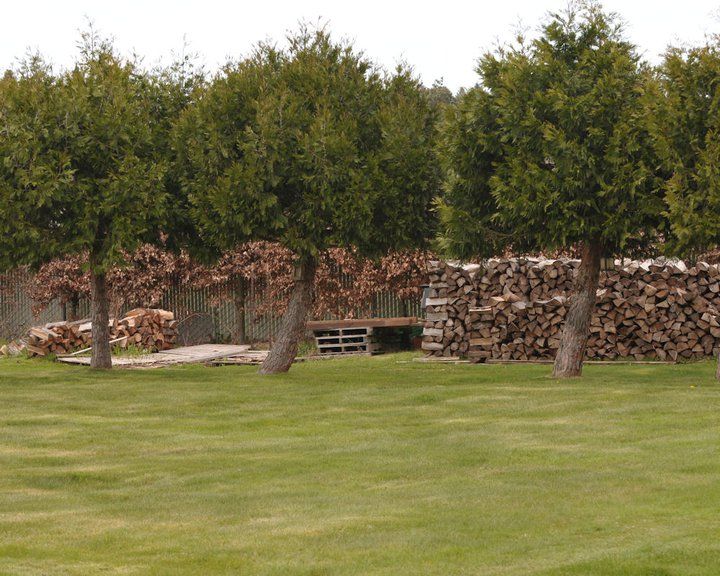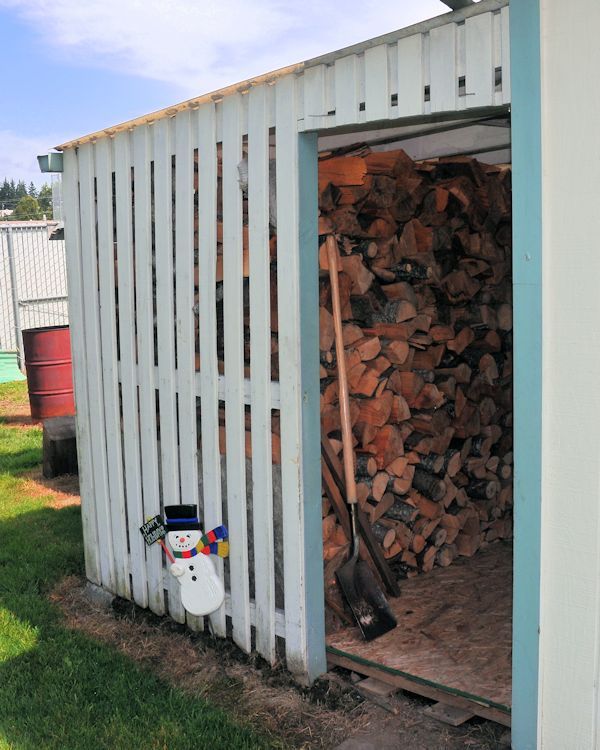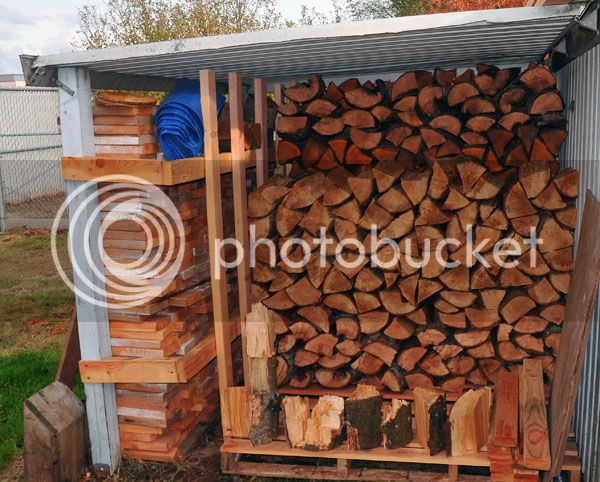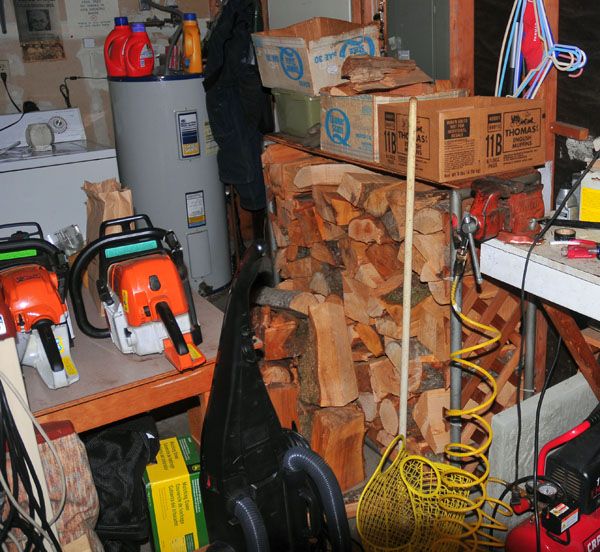woodsroad
ArboristSite Member
I cover the stacks with EPDM roofing scraps. Wood is stored criss-cross on 40x48 plastic pallets, the EPDM is cut to just hang over the sides a bit. Why? Ice and snow for sure, but also because moisture encourages bugs and rot.
I find that once the wood is covered, the insect population begins to drop. Yeah, they head over to my piles of uncovered logs, I'm sure, but I find that covered seasoned wood is heavier and burns better than uncovered wood.
This year, I'm also trying something new to keep the ants in check. After splitting a couple of black locusts that had sizable ant colonies, I started spraying the stacks with a weak Borax solution. About a cup of Borax to 3 gal of warm water in a sprayer. A friend of mine has been doing this for several years and says it has eliminated all ant colonies from the woodpile. No downsides to burning borax treated wood, unlike pesticides. I also sprayed the log piles.
I find that once the wood is covered, the insect population begins to drop. Yeah, they head over to my piles of uncovered logs, I'm sure, but I find that covered seasoned wood is heavier and burns better than uncovered wood.
This year, I'm also trying something new to keep the ants in check. After splitting a couple of black locusts that had sizable ant colonies, I started spraying the stacks with a weak Borax solution. About a cup of Borax to 3 gal of warm water in a sprayer. A friend of mine has been doing this for several years and says it has eliminated all ant colonies from the woodpile. No downsides to burning borax treated wood, unlike pesticides. I also sprayed the log piles.










